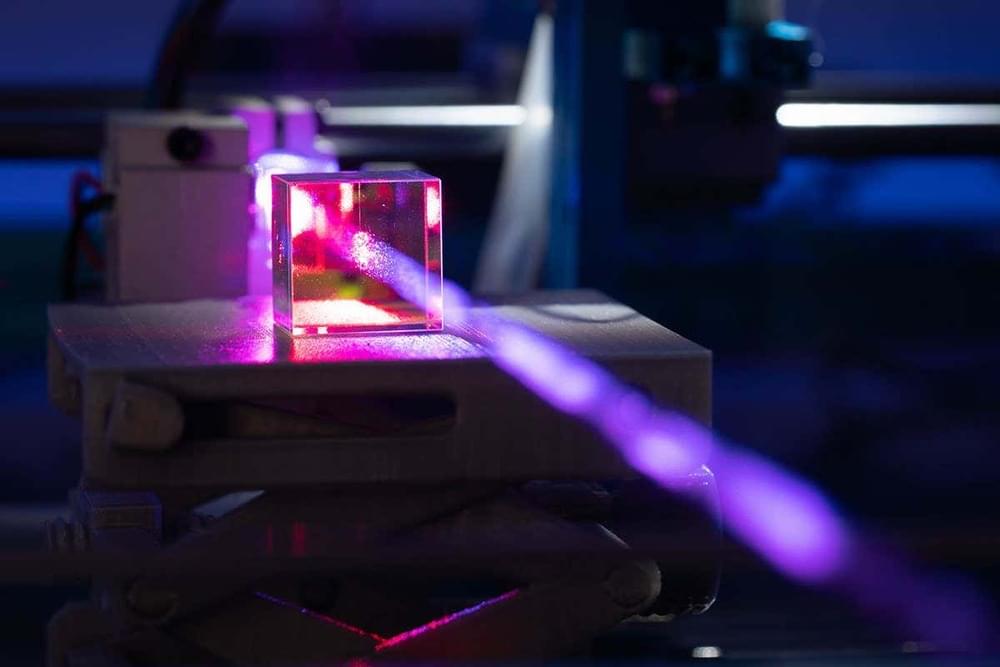Seminar summary: https://foresight.org/summary/career-counseling-with-sonia-arrison/
Join us:
► Twitter: https://twitter.com/foresightinst.
► Facebook: https://www.facebook.com/foresightinst.
► Instagram: https://www.instagram.com/existentialhope/
► LinkedIn: https://www.linkedin.com/company/foresight-institute.
If you enjoy what we do please support us via Patreon: https://www.patreon.com/foresightinstitute.
If you’re interested in joining these meetings consider donating through our donation page: https://foresight.org/donate/
Foresight Institute advances technologies for the long-term future of life, focusing on molecular machine nanotechnology, biotechnology, and computer science.
Subscribe for videos concerning our programs on Molecular Machines, Biotechnology & Health Extension, Intelligent Cooperation, Neurotech, Space, and Existential Hope.





